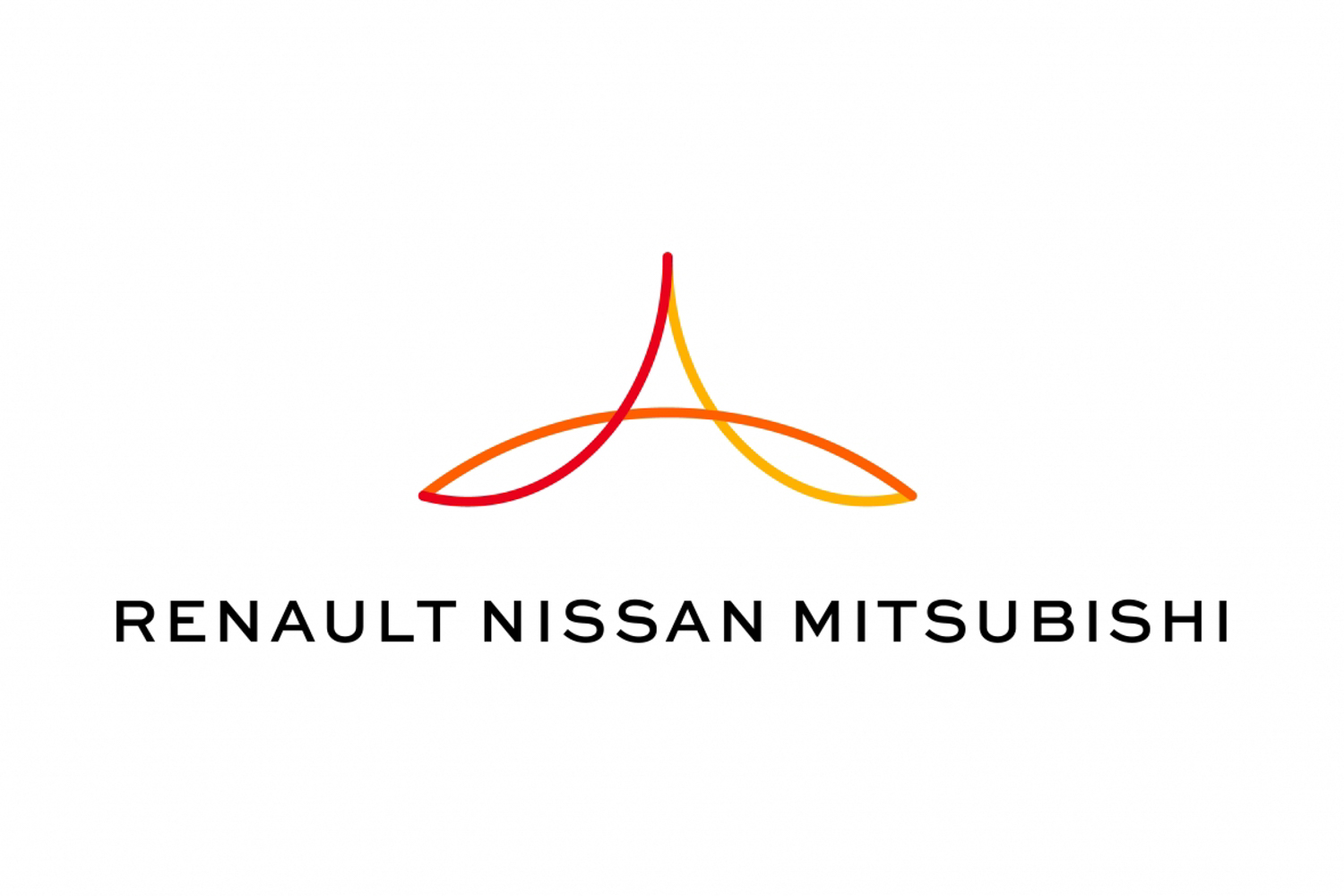The Renault-Nissan-Mitsubishi Alliance has announced a range of joint future plans which will see more common platforms, greater investment in electrification and replacement of popular models including the Nissan Micra.
The Alliance's "Leader-Follower scheme" which involves one company agreeing to develop a new platform or other key pieces of technology and giving the other partners access, thereby reducing costs for the group, will form a key part of the Alliance's future strategy.
New platforms
By 2026, the Alliance says, 80 per cent of its combined 90 models will use common vehicle architecture, up from 60 per cent today. As part of this, Mitsubishi plans to launch two new models in Europe by 2026, including a new ASX, both of which will be based on Renault platforms.
Bigger news, however, comes in the field of electrification. The group aims to invest some €23 billion in electrification over the next five years and to launch 35 new electric models by 2030, 90 per cent of which will be based on five common platforms.
Two of those platforms are already extant and familiar - the LCV-EV architecture underpins the Renault Kangoo while the CMF-AEV platform provides the basis for the Dacia Spring, an EV not yet sold in Ireland.
New is Mitsubishi's KEI-EV platform for ultra-compact "kei" cars, which likely won't have much relevance in Ireland.
The CMF-EV platform is, however, and will become familiar to Irish car buyers as it will provide the running gear for the Renault Mégane E-Tech Electric and Nissan Ariya, both of which are due for launch soon. By 2030, the group says more than 15 models will be based on the CMF-EV platform including the replacement for the current generation of Nissan Leaf.
Launching in 2024 will be the new CMF-BEV architecture, set to provide an electric range of up to 400km and to provide the base for around 250,000 cars per year from Renault, Alpine and Nissan. Two of those models will be the Renault R5, a retro reimagining of the old Renault 5 supermini, and an all-electric replacement for the Nissan Micra which will, the group says, be designed by Nissan, with engineering and assembly by Renault.
Reducing battery costs
Through working with its suppliers and partners, the Alliance aims to reduce the cost of its batteries by 50 per cent by 2026 and by 65 per cent by 2028. By 2030, it says, it will be producing a total of 220-gigawatt hours (GWh) of battery capacity globally as well as investing heavily in all-solid-state battery (ASSB) technology. Solid-state batteries contain twice the density of current lithium-ion batteries and will be capable of charging at a much faster rate. Thanks to these investments, the Alliance hopes, it says, that by mid-2028, electric vehicles will begin to achieve price parity with internal-combustion-powered ones.
Comment
Commenting on the announcement, Jean-Dominique Senard, the Chairman of the Alliance said:
"Among the world's automotive leaders, the Renault-Nissan-Mitsubishi Alliance is a proven, unique model. For 22 years, we have been building on our respective cultures and strengths for our common benefit. Today the Alliance is accelerating to lead the mobility revolution and deliver more value to customers, our people, our shareholders and all our stakeholders. The three member-companies have defined a common roadmap towards 2030, sharing investments in future electrification and connectivity projects. These are massive investments that none of the three companies could make alone. Together, we are making the difference for a new and global sustainable future; the Alliance becoming carbon neutral by 2050."

